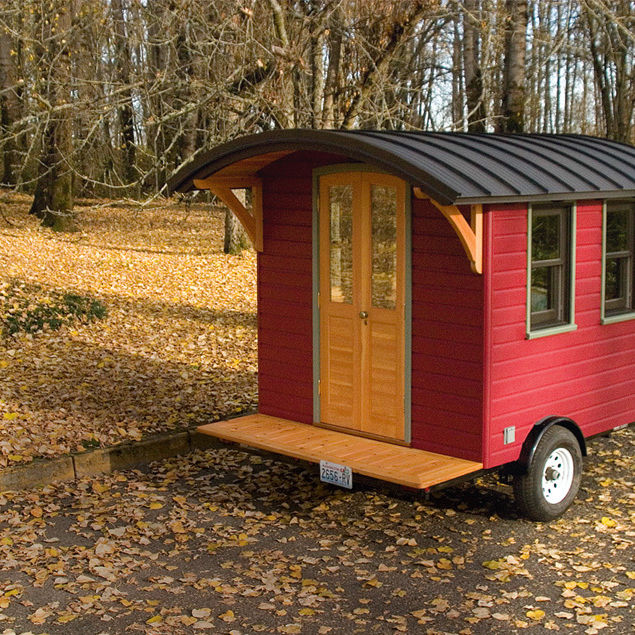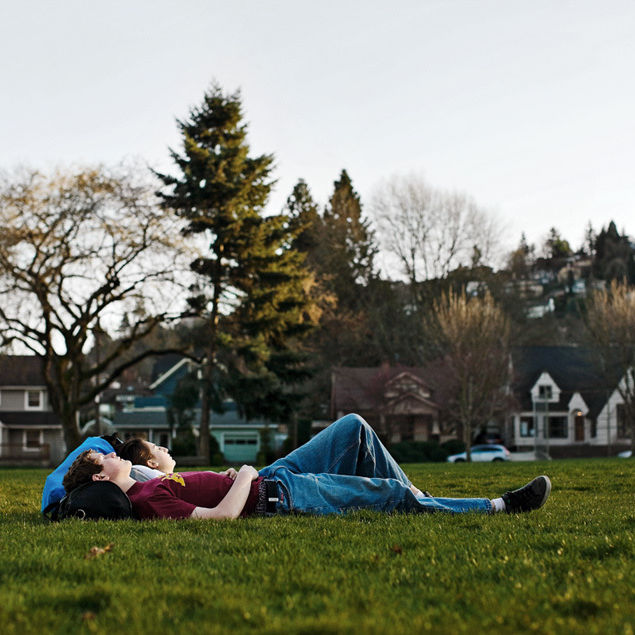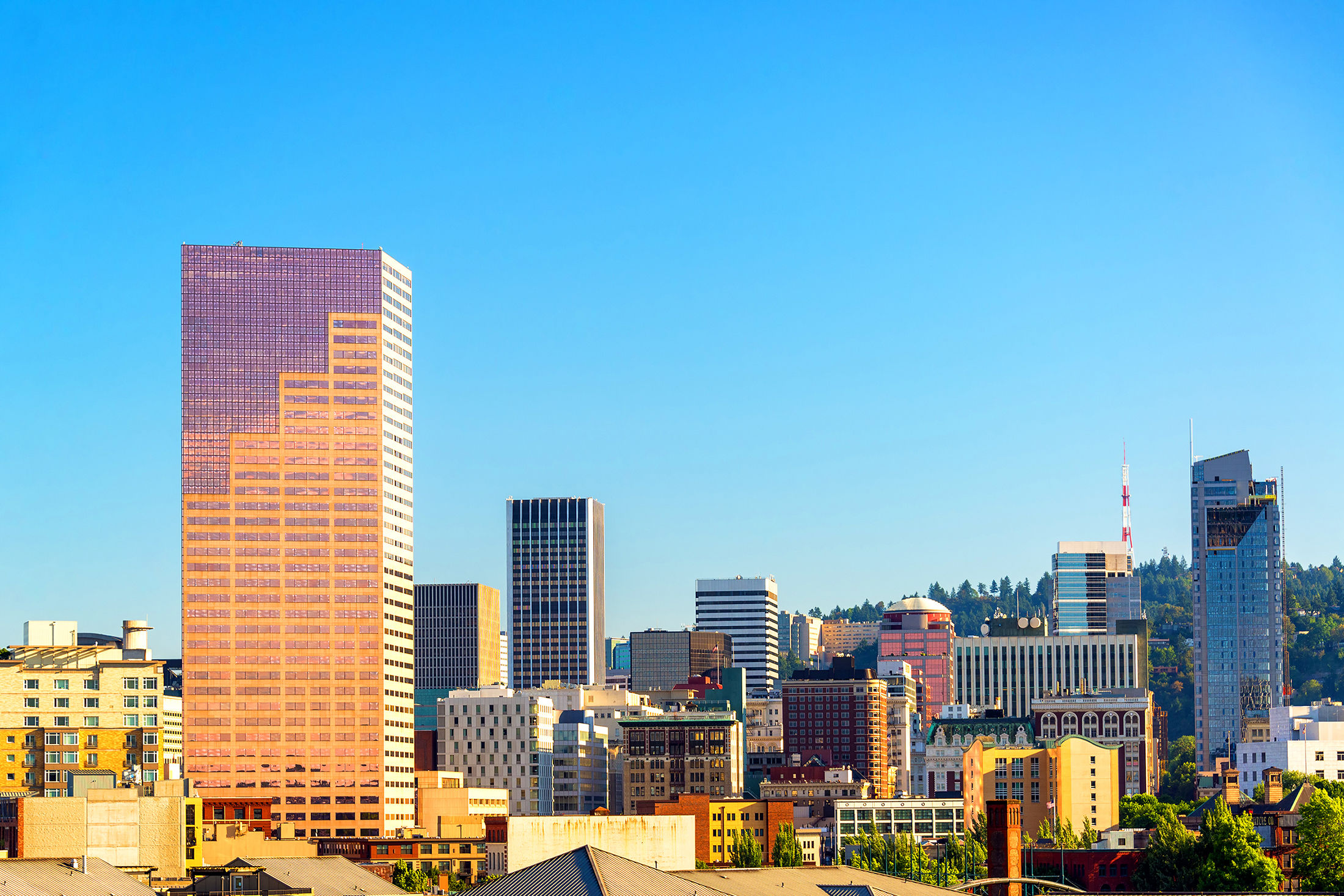Walking to the Future

When city leaders unveiled Portland’s 1980 Comprehensive Plan, their ambitions dripped with dewy-eyed idealism. But of the amenities Portland is renowned for—four MAX light-rail lines, streetcars, a vibrant downtown, and revitalized neighborhoods—the only one that can’t be found in that plan may be Mount Hood. Now a new generation of idealists is at it again, crafting a new 30-year urban blueprint dubbed the Portland Plan. Set to be adopted in 2011, the plan outlines nine different “action areas,” from job creation to sustainability. But a concept called the “20-minute neighborhood” has proven to be a rallying cry for planners and residents alike. The idea? Simple: everything a person needs for his or her daily life should be within an inviting 20-minute stroll of home. The ingredients? Here they are.
Walkability
From the Southwest Hills to outer Southeast, miles of Portland streets lack the essential ingredient for a pedestrian-friendly neighborhood: sidewalks. But Eric Engstrom, the principal planner behind the Portland Plan, says downtown’s sidewalks are ideal for strolling: about 10 feet wide, with blocks that are just 200 feet long.
Congestion
Engstrom says a ready supply of speed bumps and traffic-calming circles are an obvious way to slow cars down. But don’t frown on good old-fashioned congestion. Backups on shopping streets like NW 23rd Avenue might irritate drivers, but they actually make pedestrians feel safer.
Scale
The scale of a building is kind of like lipstick: you notice it only when it’s a bit … off. Long warehouses that lack storefront windows and tall towers that dwarf their surroundings are common scourges on the residential walker. However, three- to seven-story buildings lined with windows enhance the pedestrian experience by allowing glimpses into an ?active urban environment.
Destinations
The ideal 20-minute neighborhood would feature bus and MAX light-rail stops; a full-service supermarket; a public school; greenspaces; corner cafés and restaurants; and entertainment options.
Density
For a grocery store like New Seasons to operate profitably, it needs a surrounding population of 15,000 to 20,000 potential customers. For that many people to live within a 20-minute walk, there needs to be a density of 16 to 22 dwellings per acre and a mixture of houses, townhouses, and apartments. In Portland, the Northwest District comes closest to Portland planners’ ideals.










